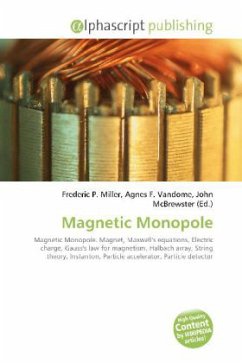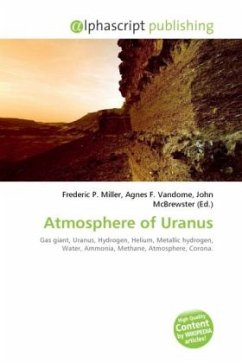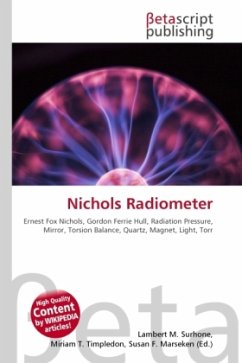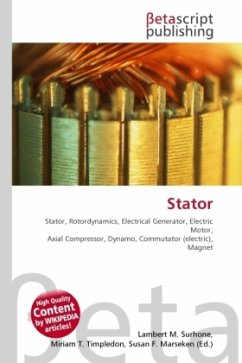Helium exists in liquid form only at extremely low temperatures. The boiling point and critical point depend on the isotope of the helium; see the table below for values. The density of liquid helium-4 at its boiling point and 1 atm is approximately 0.125 g/mL. Helium-4 was first liquefied on 10 July 1908 by Dutch physicist Heike Kamerlingh Onnes. Liquid helium-4 is used as a cryogenic refrigerant; it is produced commercially for use in superconducting magnets such as those used in MRI or NMR. It is liquefied using the Hampson-Linde cycle. The temperatures required to liquefy helium are low because of the weakness of the attraction between helium atoms. The interatomic forces are weak in the first place because helium is a noble gas, but the interatomic attraction is reduced even further by quantum effects, which are important in helium because of its low atomic mass. The zero point energy of the liquid is less if the atoms are less confined by their neighbors; thus the liquid can lower its ground state energy by increasing the interatomic distance. But at this greater distance, the effect of interatomic forces is even weaker








